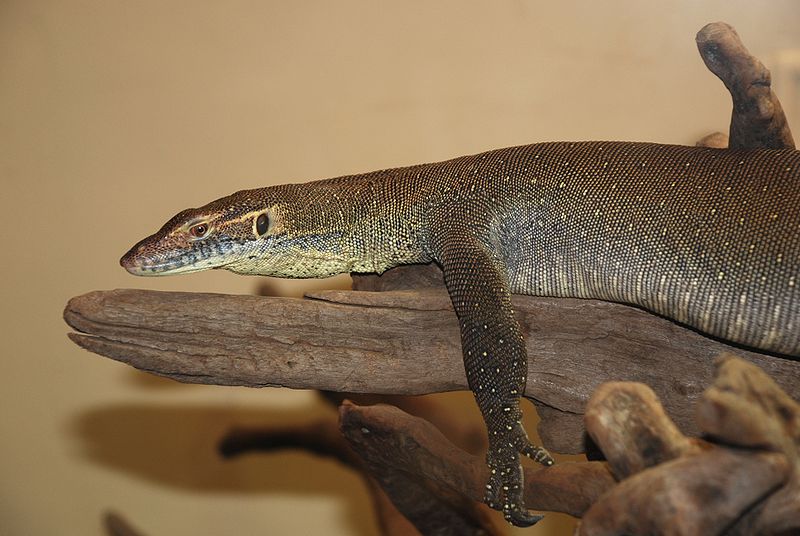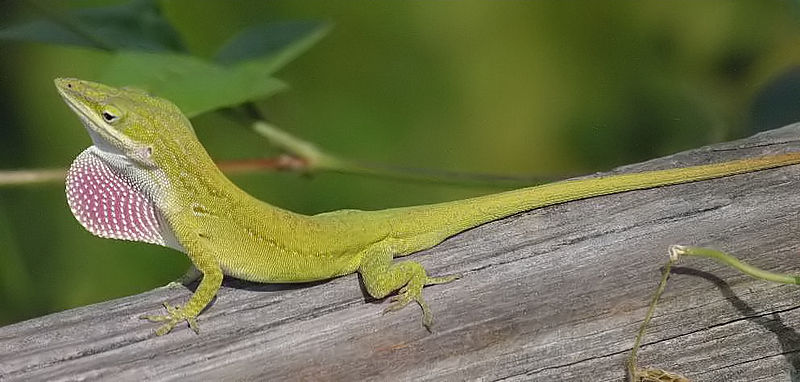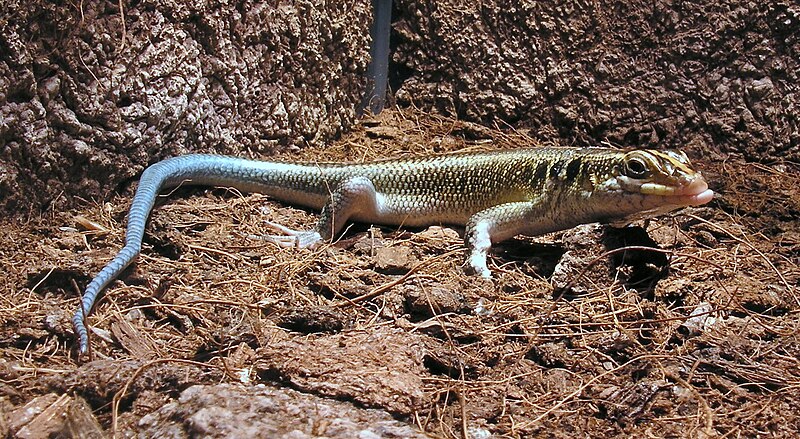 Many lizard-keepers find Mertens’ Monitors, Varanus mertensi, to possess an ideal mix of large and small monitor qualities. While large enough to satisfy the desires of aspiring Crocodile Monitor keepers, they can be comfortable in sizable, but less than room-sized, enclosures.
Many lizard-keepers find Mertens’ Monitors, Varanus mertensi, to possess an ideal mix of large and small monitor qualities. While large enough to satisfy the desires of aspiring Crocodile Monitor keepers, they can be comfortable in sizable, but less than room-sized, enclosures.
Description
Mertens’ Water Monitor (not to be confused with the larger Water Monitor, V. salvator – please see photo) is the most thoroughly aquatic Varanid and has a number of specialized adaptations for life in the water. The tail is laterally compressed (as in Crocodiles) to assist in swimming and the nostrils, which can be sealed during dives, are located high on the snout. Read More »
 That Reptile Blog – Reptile, Amphibian and Exotic Pet Care and Information
That Reptile Blog – Reptile, Amphibian and Exotic Pet Care and Information




